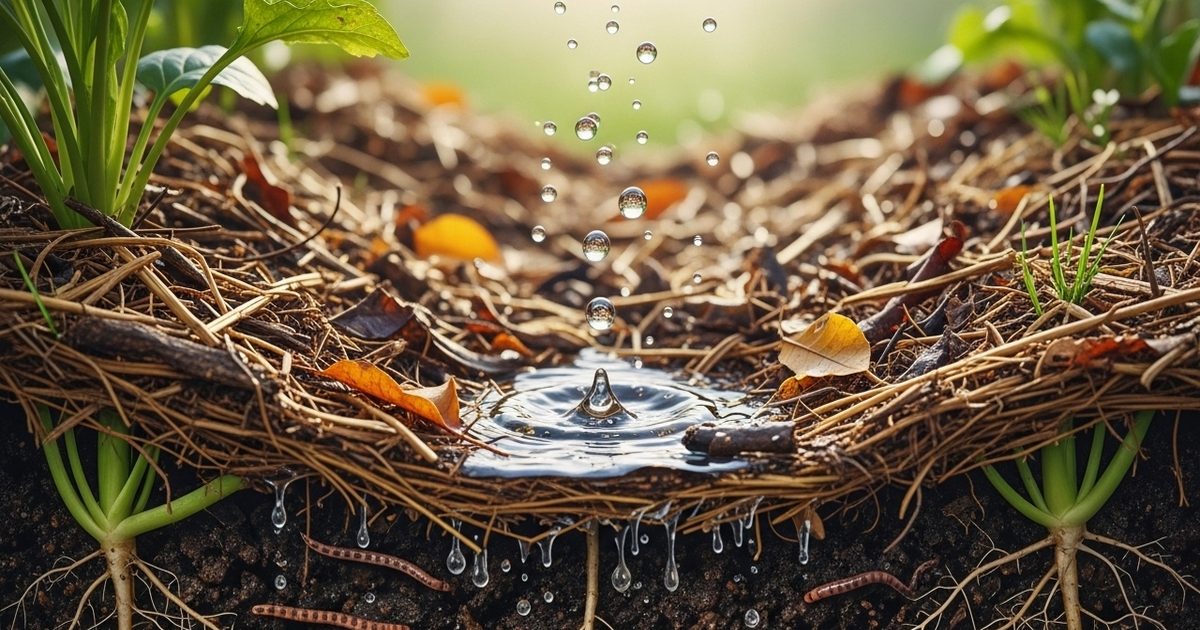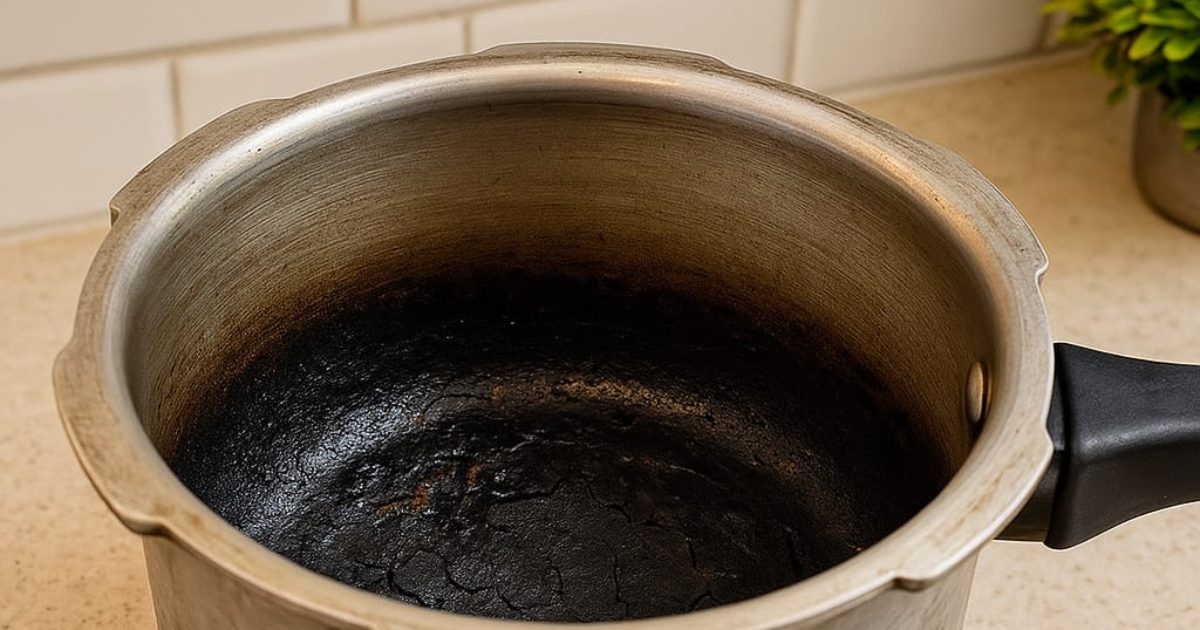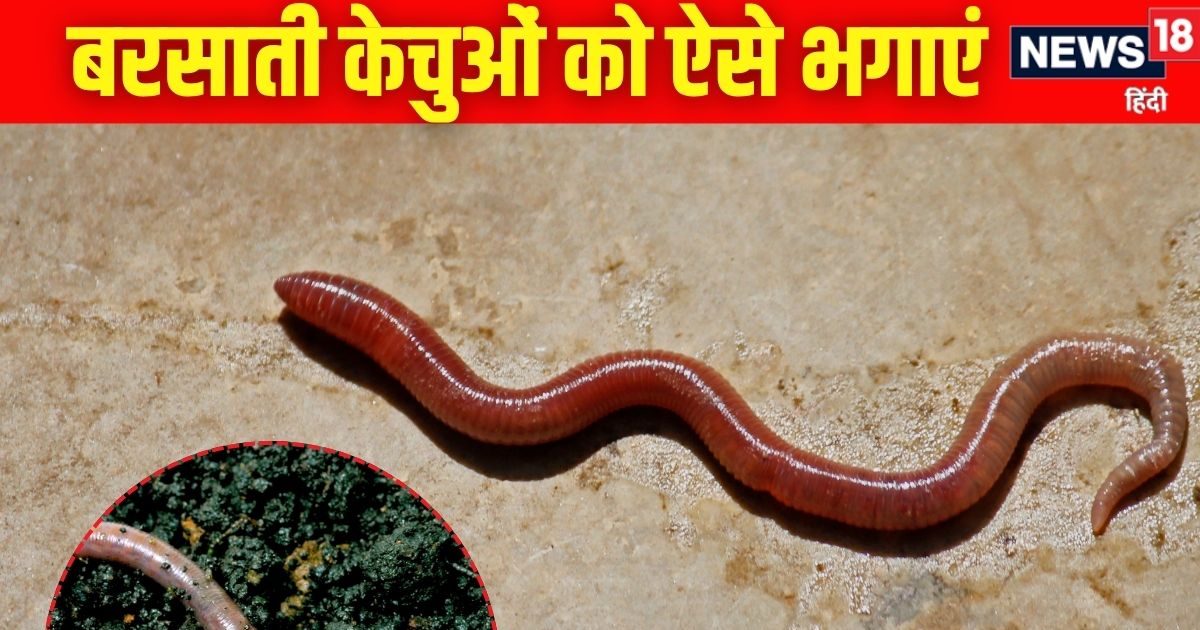Now the question arises that what are the benefits of this process and how to do it correctly?
Benefits of mulching
Water dries quickly in summer. But when the soil is covered, the evaporation of water from the top surface decreases, which keeps the plants moist for a long time.
When the layer is laid on the soil, weeds do not get the necessary lights to grow. This makes them suppressed and does not compete with water and nutrients with plants.
3. Soil temperature remains balanced
Mulching does not make the soil too hot or cold. This keeps the roots of plants safe and improves them.
If you use organic mulch, such as dry leaves or compost, then they slowly make it more fertile in the soil.
5. It also looks good
Mulching makes the garden or farm look organized and beautiful. Especially if you apply colorful mulch or pieces of wood.
1. Give water in the first soil
Wet the soil well before applying a mulch. This ensures that moisture is already present in the land.
The layer of mulch should be about 2 to 4 inches thick. This will also keep moisture and the flow of air will also remain.
3. Keep a short distance from the stems
Do not apply by sticking to the stems of mulch plants. This increases the risk of rot.
Clean the ground before mulching. If the weeds present in the ground remain there, then they can also flourish under the mulch.
5. Take care of the weather
If your area is very hot, then wood pieces or bark will be better because they break slowly and keep the moisture for a long time.
Mulch rotates or freezes over time. In such a situation, it is important to keep putting new layers from time to time.
Biological options: Dry grass, straw, wood peeling, leaves, compost
Inorganic options: plastic sheets, pebbles, perlights, vermiculite
If you want to increase the water retention capacity in the soil, use elements such as perlite and vermiculite. They absorb water and slowly transport it to the roots.



